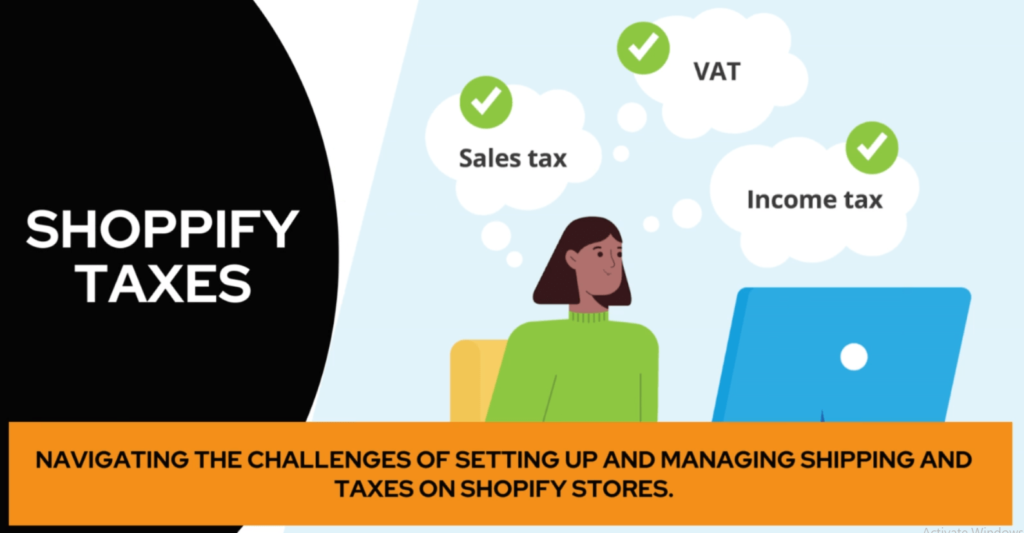
2. Navigating the Challenges of Setting Up and Managing Shipping and Taxes on Shopify Stores.
As a Shopify store owner, setting up and managing shipping and taxes can be a daunting task. These two components are crucial for the success of any e-commerce business, but they can also be complex and time-consuming to set up and maintain. In this article, we will explore the challenges of setting up and managing shipping and taxes on Shopify stores and provide tips on how to overcome them.
One of the biggest challenges of setting up shipping on a Shopify store is determining the right shipping rates. There are many different options to choose from, including flat rate, weight-based, and carrier-calculated shipping. Each option has its own set of pros and cons, and finding the right one for your business can be a challenge. Additionally, it’s important to note that shipping rates can vary depending on the destination, and this can create further complications.
Another challenge of setting up shipping on a Shopify store is integrating with shipping carriers. Shopify allows you to connect your store with a variety of shipping carriers, such as FedEx, UPS, and USPS, but the process can be complex and time-consuming. Additionally, integrating with multiple shipping carriers can be a challenge, especially if you’re trying to offer your customers a variety of shipping options.
Managing taxes on a Shopify store can also be a difficult task. There are different tax rates for different regions and states, and it’s important to ensure that your store is configured correctly to collect the correct taxes. Additionally, taxes can be complex and difficult to understand, which can make it hard to ensure that your store is set up correctly.
So, how can you navigate these challenges and set up and manage shipping and taxes on your Shopify store?
Here are a few tips:
- Research and choose the right shipping rates for your business. Take the time to understand the different options available and choose the one that makes the most sense for your business.
- Consider using a shipping and tax app to help automate the process. There are many apps available that can help you set up and manage shipping and taxes on your store, which can save you a lot of time and hassle.
- Take the time to understand the different tax rates and regulations for your region and state. This will help you ensure that your store is configured correctly to collect the correct taxes.
- Seek guidance and support from experts in the field. If you’re feeling overwhelmed by the complexity of shipping and taxes, consider seeking guidance and support from experts in the field.
Setting up and managing shipping and taxes on a Shopify store can be a challenging task, but with the right approach, it’s definitely manageable. By researching your options, using helpful apps, and seeking guidance and support when needed, you can ensure that your store is configured correctly to collect the correct taxes and offer the best shipping options for your customers.


